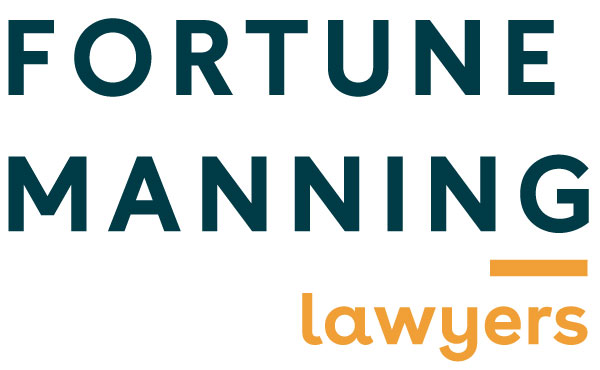Family trusts are a popular way of protecting property and managing assets. By transferring the ownership of assets to a trust, a settlor (a person who transfers property to a trust) is able to take risks, whether in business or otherwise, while the trust assets are protected.
However, there are circumstances where a family trust will not hold up. The Courts have the power to “bust” trusts in some situations, and make orders relating to trust property that may be very different to what the settlor wanted or intended in setting up the trust.
The Supreme Court in Clayton v Clayton considered a situation where a number of trusts had been used to circumvent the requirements on the Property (Relationships) Act 1976. The outcome of the case has implications for the establishment and ongoing operation of trusts, and serves as a reminder of the importance of regularly reviewing the structure of your personal affairs.
The facts of the case will sound familiar to many readers. Mr and Mrs Clayton began living together as de facto partners in 1986, and married in 1989. Before they married, they entered into a relationship property agreement which provided that Mrs Clayton would make no claim against Mr Clayton’s separate property, and that if they separated after three years, Mrs Clayton would be entitled to $30,000. They had two children, before separating in 2006.
Over the course of the marriage, Mr Clayton had developed a successful business. He had set up a number of trusts over this time, with a view to protecting the assets transferred to the trusts.
With the first of the trusts, the Vaughan Road Property Trust (“VRPT”), the Court looked at whether Mr Clayton’s rights under the VRPT trust deed could be considered relationship property, with a value that could then be divided and shared with Mrs Clayton. In this case, Mr Clayton’s powers had the effect of giving him near total control over the trust. The Court held the particular combination of powers that Mr Clayton held in relation to the trust amounted to a property right, with the same value as the net assets of the VRPT. It was therefore relationship property to be divided between Mr and Mrs Clayton.
The second trust, the Claymark Trust, had been set up for business purposes. That didn’t matter, however, and the Court found that the trust property was relationship property to be divided between Mr and Mrs Clayton. The decision with respect to the Claymark Trust was made under section 182 of the Family Proceedings Act 1980 which applies only to relationships of marriage or civil union rather than de facto relationships. This section allows the Court to vary the terms of any settlement made during a marriage or civil union. The Court decided that the trust was a “nuptial settlement” because the trust made continuing provision for Mr Clayton in his capacity as Mrs Clayton’s spouse. The Court held that there was a clear difference between the benefits Mrs Clayton would receive under the trust if the marriage had not ended, and the benefits to her had the marriage continued. The trust was to be split equally between Mr and Mrs Clayton.
Essentially, these cases show us that if you put property into a trust during a relationship, and that property would otherwise be relationship property, it is highly likely that the property will still be treated as relationship property in the event the relationship ends. If this is not what you intend, you need to enter into a carefully drafted relationship property agreement instead of relying on the trust to protect the assets.
The Claymark trust decision also has implications for inheritance trusts, where a trust is set up by parents for their daughter or son during the daughter’s or son’s marriage. If the trust document is not carefully drafted, there is a risk that the daughter’s or son’s spouse could claim half of the assets in the trust.
If you have a family trust, or are thinking about establishing one, it is essential that you seek legal advice to ensure the trust will work for you, in the way you intend. A lawyer will be able to advise you on the risks and help you to secure your hard-earned assets for the future.


